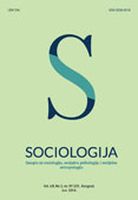
Keywords: couple crisis; marital therapy; case study
Understanding of social and family dynamics, taking into account viewpoints of sociology of family, social demography, social psychology and social psychiatry, can provide a better insight into various family, couple and parent-child relationships. Close observation should be focused on the family’s life cycle, its type and patterns of group functioning. One should always take into consideration that when entering into a marriage each partner brings patterns from his/her family of origin, individual feelings/emotions, expectations and needs. Every change within a family is significant, especially the one that marks a passage from one into another, that is a different phase of a life cycle. Such one is definitely a birth of the first child. This exactly is the point that causes high level of stress within a couple. Childbirth usually brings challenges to family organization, which is often reflected onto the couple. The possible conflicts are usually related to issues of responsibility and the difficulties of adaptation to a parental role. Research experience shows that couples’ crisis is common with younger as well as with older partners. In this study we will present two case studies, where we deployed a qualitative method. The stories describe two couples above 35 years old, in their first marriage, both with tertiary education and one child. These families are at the stage of the life cycle often cited as ‘family with a small child’ (Duvall, Hill, 1984, Duvall, 1971 according to: Mićović). Both couples that joined therapy were experiencing conflicts related to a division of tasks and responsibilities as well as to an acceptance of a father’s role. We will demonstrate the therapeutic process, techniques that were employed in working with partners in crisis as well as the outcomes of a treatment.
More...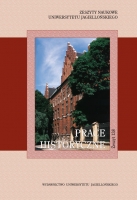
Keywords: Fund of Józef Kapsarek; Czci i Chleba Institute
The article is devoted to the Fund of Józef Kapsarek, a Polish emigrant who for most part of his adult life was an active member of the much distinguished “Czci i Chleba” [Respect and Bread] Institute. In 1888 he bequeathed to this institution a considerable amount of money which was to be spent on scholarships for Jagiellonian University graduates in medicine. During 20 years there were awarded 32 scholarships which allowed 26 graduates to familiarise themselves with French medical achievements in a variety of disciplines. The Scholarship programme promoted young scientists. After the fall of the November Uprising Józef Franciszek Kasparek (1816–1892) left Poland and escaped through Prussia to France. He settled in Reims and started dealing in a profi table business of wine trading. In 1865 he joined the Tax Association which was later renamed as “Czci i Chleba” Institute and whose finances he managed for many years onwards. The primary source for the following article constituted records kept in the Polish Library in Paris and Jagiellonian University Archives.
More...Keywords: marital stress; marital satisfaction; self-efficacy beliefs; moderating effect
Literature offers several theoretical working models to explain the factors that impact the developmental course of a marital relationship. Much of this research has been focused on intrapersonal variables (e.g., personality traits and partners’ behaviors) and/or interpersonal factors (e.g., conflict, stress) as predictors of marital outcomes (e.g., marital adjustment, satisfaction or stability). There is a large volume of published studies describing the role of stress in marital dynamics. The current research focuses on the role that self-efficacy beliefs in partners play in the relationship between perceived marital stress and satisfaction. One hundred and twelve married adults (N = 56 couples) completed an adapted version of the Perceived Stress Scale along with the General Self-Efficacy Scale and a scale which was created to capture marital satisfaction. Baron and Kenny's analysis technique was used to explore the moderating role of self-efficacy beliefs. Marital satisfaction was positively associated with the level of perceived self-efficacy and negatively related to higher levels of perceived stress. The hypothesis of moderating role was not supported. However, our partial results were consistent with previous studies that have shown the negative impact of marital stress. Some theoretical and practical implications are discussed.
More...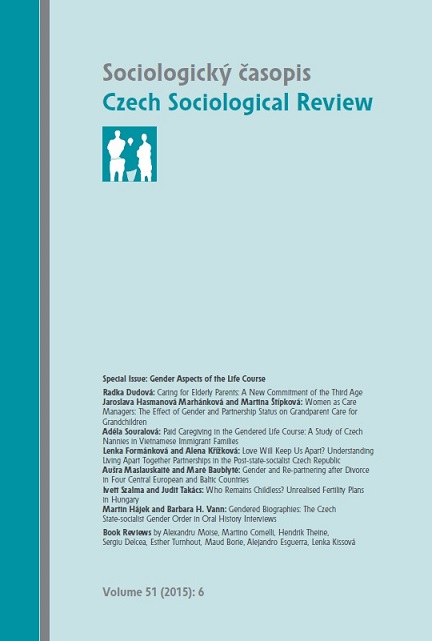
Keywords: elderly care; third age; young old; informal care; ageing
The article explores the practices of elderly care in the Czech Republic from the life-course perspective, using qualitative research methodology: biographical interviews with women providing everyday care to their parents. The case of elderly care presents an opportunity to critically examine the concepts of the ‘third age’ and ‘young old’, that have figured prominently in theoretical and political debates concerning the life stage in which the need to care for one´s parents seems most likely to arise. In the ‘collective story’ based on the narratives of women aged 50-66 who provided everyday care for their elderly mother, I identify and describe the factors that influence how this stage in life unfolds and the decisions women make about their life/life course. I argue that in contemporary Czech society ‘young old age’ cannot be defined in terms of the absence of work commitments or the absence family care commitments, and that the original concepts dealing with this new period in life did not take the new commitments of care or the gendered aspect of them into consideration.
More...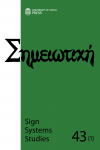
Keywords: EFL; Peircean semiotics; hedging strings; AVTS; semiosic translation; semiosic subtitling
In this paper, I explore a new type of semiotic translation in the context of Audiovisual Translation Studies (AVTS). To that end, a set of formulaic sequences bestowed of pragmalinguistic value (hedging strings) is analysed. It is argued that the semiotic analysis of conversational features in English may contribute to facilitate their pedagogical exploitation in English as a Foreign Language (EFL) classrooms.This analysis builds theoretically on a semiotic translational framework termed Semiosic Translation (and its subset, Semiosic Subtitling) predicated upon three types of translation: (i) Metaleptic translation; (ii) indexical translation; and (iii) translation as dynamic discontinuity. The translational rationale thus arrived at is deemed to account for what it is that binds together linguistic signs with other sign systems.
More...Keywords: Mărășești; French Military Mission; General Henri Mathias Berthelot; General Victor Pétin;
This study analyses the manner in which the political regime in Bucharest, which was installed following Romania’s entry into the Soviet sphere of influence, commemorated in August 1957 four decades since the Battle of Mărășești by inviting a group of former members of the French Military Mission who were active on the Romanian Front between October 1916 and March 1918. The group of the former French combatants was led by General Victor Pétin, the chief of staff of the French Mission and subsequently the military attaché in Romania.The visit of the French veterans highlighted a certain openness of the regime in Bucharest towards Western countries and especially towards France, for whom Romanians had a special fondness. At the same time, the organizing of the commemoration of the Battle of Mărășești, marking four decades since the largest Romanian military confrontation during the Great War, symbolizes the beginning of a delimitation from the Stalinist vulgate of the 1950s regarding the character of Romania’s participation to the confragration and the events that eventually led to the establishment of the national unitary state in 1918.
More...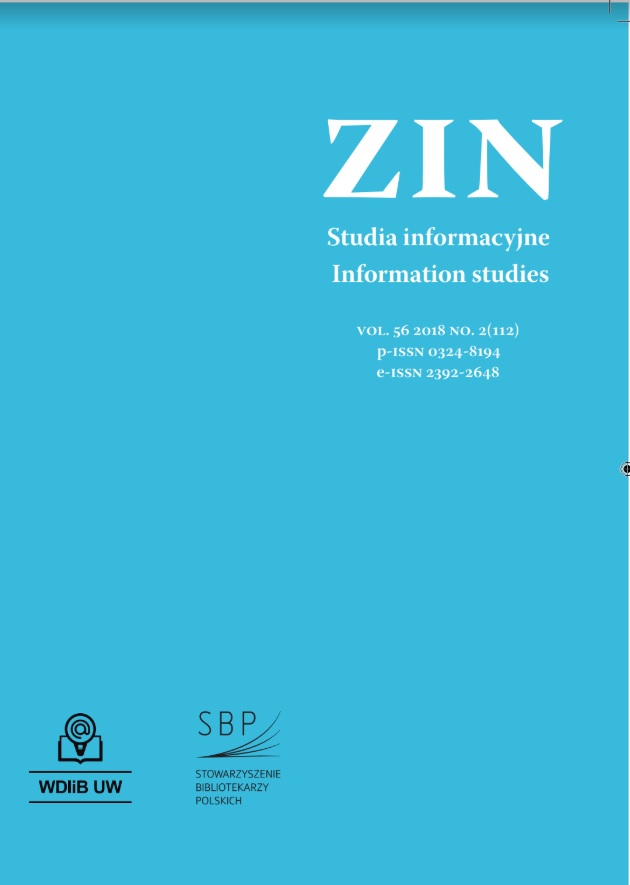
Keywords: Bibliometric analysis; Information architecture; Information science; Information systems architecture; Quantative analysis of literature
Cel/Teza: Celem artykułu jest przedstawienie procesu kształtowania się zainteresowania problematyką architektury informacji w światowym piśmiennictwie. Koncepcja/Metody badań: Rozwój literatury dotyczącej architektury informacji przebadano na podstawie analizy bibliometrycznej piśmiennictwa zagranicznego na ten temat, opublikowanego do końca 2018 r. Piśmiennictwo to zostało zidentyfikowane na podstawie baz Scopus, Web of Science i Library and Information Science Abstract oraz serwisów Google Scholar, Google Books i księgarni Amazon. Analizę ilościową rozkładu chronologicznego i tematycznego piśmiennictwa uzupełnia wskazanie najważniejszych autorów, książek i czasopism, a także najczęściej cytowanych publikacji. Wyniki i wnioski: Zidentyfikowano 2269 publikacji dotyczących problematyki architektury informacji o bardzo zróżnicowanej tematyce, przede wszystkim z zakresu systemów informacyjnych i nauki o informacji. Wyniki analizy wskazują, że zainteresowanie różnymi aspektami architektury informacji zwiększa się nieprzerwanie od 2000 r., co zostało potwierdzone rosnącą liczbą publikacji i ich cytowań. Oryginalność/Wartość poznawcza: W polskim piśmiennictwie nie podejmowano dotychczas próby analizy literatury z zakresu architektury informacji. Artykuł może być punktem wyjścia do pogłębionej analizy tematycznej oraz stanowić materiał porównawczy dla podobnych badań.
More...
Keywords: translatio; collective memory; translation metaphors; translation studies; memory studies; cultural turn;
The article discusses the interpretative and methodological potential inherent in the synergetic application of two categories paradigmatic for cultural studies and cultural literary theory: translatio and memory. It is argued that both categories, viewed as cultural metaphors and combined with each other, may serve as a complex model for the interpretation of cultural phenomena. The starting point for developing such a model is the insight that both concepts have undergone a similar semantic evolution in the discourse of cultural studies, and may now be represented as radial categories with a “prototypical centre” and metaphorical-metonymical extensions, translatio going far beyond interlingual “translation proper”. Next, some further contact zones between translatio and memory are outlined: firstly, their functional analogies, which are reflected in parallel metaphors depicting memory and translation (such as the “palimpsest” and the “devouring of the Other”). Secondly, the metaphor of the “dissemination of memes” is discussed as the most promising idea that brings together the discourse of translation studies with reflection on the mechanisms of collective memory, drawing attention to ethical and political aspects of both translatio and memory. The image of the “dissemination of memes” is also a point of departure for its derivative metaphors of “translation as memory transmission” and “memory as a space of translatio”. The conclusion is that the interactions between memory and translatio that engendered these metaphors could be put to use in comparative investigations. Finally, some representative research problems are formulated based on various configurations of literal and metaphorical meanings of both terms. It is emphasized that the coming together of divergent yet close pathways of translation and memory studies could be of mutual benefit to both fields of inquiry.
More...
Keywords: translatio; collective memory; metaphors; translation studies; memory studies; cultural turn;
The article discusses the interpretative and methodological potential inherent in the synergetic application of two categories paradigmatic for cultural studies and cultural literary theory: translatio and memory. It is argued that both categories, viewed as cultural metaphors and combined with each other, may serve as a complex model for the interpretation of cultural phenomena. The starting point for developing such a model is the insight that both concepts have undergone a similar semantic evolution in the discourse of cultural studies, and may now be represented as radial categories with a “prototypical centre” and metaphorical-metonymical extensions, translatio going far beyond interlingual “translation proper”. Next, some further contact zones between translatio and memory are outlined: firstly, their functional analogies, which are reflected in parallel metaphors depicting memory and translation (such as the “palimpsest” and the “devouring of the Other”). Secondly, the metaphor of the “dissemination of memes” is discussed as the most promising idea that brings together the discourse of translation studies with reflection on the mechanisms of collective memory, drawing attention to ethical and political aspects of both translatio and memory. The image of the “dissemination of memes” is also a point of departure for its derivative metaphors of “translation as memory transmission” and “memory as a space of translatio”. The conclusion is that the interactions between memory and translatio that engendered these metaphors could be put to use in comparative investigations. Finally, some representative research problems are formulated based on various configurations of literal and metaphorical meanings of both terms. It is emphasized that the coming together of divergent yet close pathways of translation and memory studies could be of mutual benefit to both fields of inquiry.
More...Keywords: spatial ability; spatial visualisation; mental rotation; 3D design;
The purpose of this study is to investigate the effects of applications created using a web-based 3D design environment on the spatial visualisation and mental rotation abilities of secondary school students. A total of 63 school students from the sixth grade participated in the study. The researchers applied a mixed research method including both quantitative and qualitative measures. The Spatial Visualisation Test, Mental Rotation Test, and Santa Barbara Solids Test, which concurrently measure spatial orientation and spatial relations, were used as tools to measure the different components of spatial ability prior to and after the treatment application. Following the treatment, a focus group interview using structured questions was conducted. A statistically significant difference showed an increase in all three test scores of the students; also, the students stated that they were satisfied with being able to design and create something new.
More...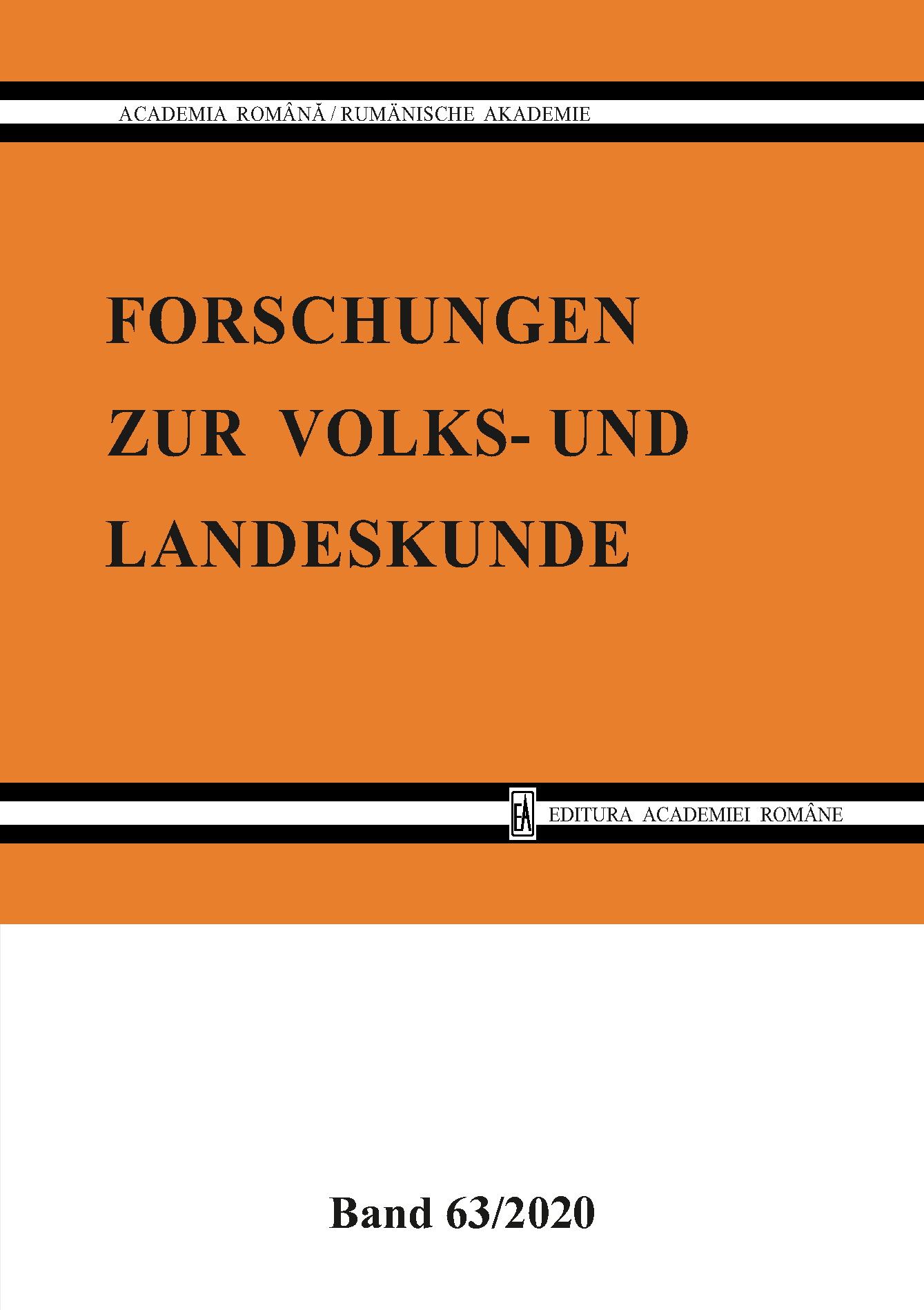
Keywords: The Holy Roman Empire of the German Nation; Reformation; the principle of ‘cuius regio...’; the Imperial and Religious Peace of Augsburg; multidenominational states in the German Confederation;Transylvania
As a result of the Reformation initiated by Martin Luther’s theses in 1517 many European states converted to Protestantism. The Reformation superseded the catholic christianitas as a legitimate basis and state religion in the Holy Roman Empire of the German Nation as well as in other European states. This shattered the religious unity of the Old Empire. Pope Clement VII refused to call an ecumenical council for reform, asked for by Emperor Charles V to solve the religious problem of the Empire. All attempts to restore the unity of the Empire failed and led to religious wars in the Holy Roman Empire of the German Nation. The Imperial and Religious Peace of Augsburg (1555) tried to find a political and religious solution in order to overcome the constitutional crisis of the Empire. It became a law of the Holy Roman Empire that guaranteed and tolerated religious freedom, imperial status and the possessions of the Lutheran and Catholic Estates. It decreed the coexistence of the Protestant and Catholic Imperial Estates. The Calvinists were not included. It also determined the confessional affiliation of the population, i.e. the denomination of the ruler must be the denomination of the subjects (cuius regio, eius religio).The subjects had the right to emigrate (ius emigrandi). The Peace of Westphalia of 1648 confirmed this principle which remained in effect until the Principal Decree of the Imperial Deputation in 1803 and the end of the Holy Roman Empire of the German Nation. The mediatization and secularisation established new middle-sized states which were to become an important element in the history of Germany ever since the early 19th century. It was the beginning of modern German federalism. The enlarged South German states like the Grand Duchy of Baden, the Kingdoms of Bavaria and Württemberg and the Grand Duchy of Hesse became multidenominational states. Especially the southern states of Germany realigned their boundaries. As a result of the territorial changes, the Grand Duchy of Baden became four times larger than the margraviate Baden. The South German states started reforms early on. The reforms had an impact on all areas of life, from improvement of administration, military and legal reforms, schooling, universities, finances and taxation and personal rights. The integration of the new provinces into the existing old state was a challenge. All states which survived the Napoleonic period had become multidenominational states. After the Congress of Vienna the German medium-sized states joined the German Confederation. They worked out constitutions with a bi-cameral parliament providing the right to vote on the state budget (burden sharing). The constitutions also established basic human rights and set the rights of the denominations. Despite the denominational state after 1815, throughout the 19th century and beyond the subjects normally did not marry across religious boundaries. The legal situation in Transylvania was different from the one prevailing in the Holy Roman Empire. It was not the state which decided on one’s denomination, but it was one’s personal decision. Since the 16th century the Principality of Transylvania became a region of religious tolerance, where about five different denominations coexisted.
More...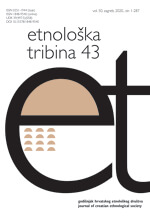
Keywords: societal self-understanding; social transformations; visionaries; anticipation of future; theoretical assumptions; Serbia;
In order to be able to contextualize and understand social worlds, anthropologists pay close attention. We observe how individuals and communities relate to each other and to their ideas. We study the intimate and subjective, as well as the large-scale cosmologies by which people make themselves and the world. Our participatory methods and reflective analysis document the complex, intricate, patterned, and also random aspects of people’s reasoning and actions. These activities, on anthropology’s part, supposedly offer not only critical descriptions of the present (on its historical trajectories), but possible intimations of a society’s future. Anthropological analysis, in other words, not only describes but also anticipates. This position paper focuses on the notions of anticipation, predictability, and possibility in anthropology. It asks what methodological and theoretical assumptions are built into our ways of making predictions about our field sites. It invites the reader to consider the effects certain anticipatory practices have for the people and phenomena we study as well as for the discipline. Centrally, the paper proposes different ways of attending to visions that anticipate the future. By reflecting on my ethnographic and analytical journeys in Serbia, I attempt to explain why I currently make so much of questions of predictability and possibility in both the field and the discipline. My desire is to open up a discussion on the value of cultivating attention to what seems to emerge on the side of predictable.
More...
Keywords: university professors; students; autograph books (friendship books, alba amicorum); communication; self-presentation
This study focuses on university professors as owners and inscribers in the autograph culture of the early modern period. It contains an analysis of autograph books (friendship books, alba amicorum) of professors as well as of professor inscriptions in student autograph books. It takes note of the form of the inscriptions, accompanying illustrations, and the role of these dedications in the communication practices within the academic setting. The study depicts autograph books as a distinctive form of social self-presentation closely bound to the academic and scholarly environment.
More...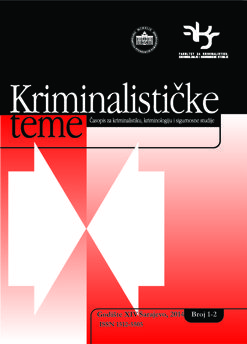
Keywords: City; metropolis; urban person; social control; adaptation; urbanism as a way of life;
The paper discusses the contributions of German classical sociologist to urban sociology at the beginning of the last century, with particular emphasis on the work of Georg Simmel. Highlights the fact that they much influenced to the work of R.E. Park and L. Wirth, as the central figure in the Chicago classical urban sociology. Despite the fact that the German and Chicago urban experience is different, the urban theory represents continuity in these traditions. Modern thinking on urban are unthinkable without reflection on these traditions.
More...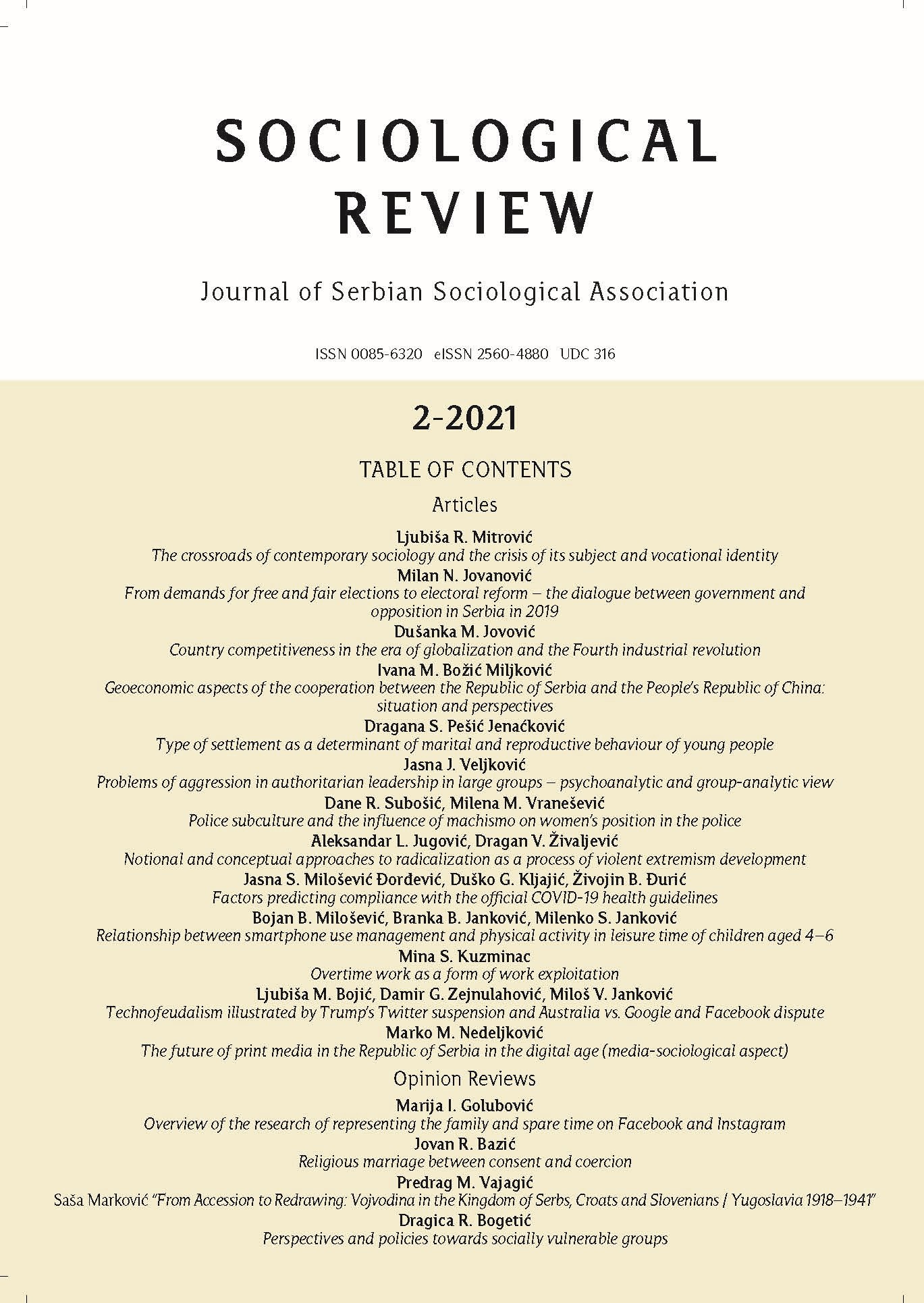
Keywords: the police;the police subculture;the position of women in the police force;machismo;
The aim of this research was to establish the position of women in the police force regarding the fact that this profession is traditionally considered to be a male working environment, in which it is easy to discern the presence of “machismo”. With that in mind, it was necessary to explore the attitudes, values and convictions among the members of the police force, who are a part of the police subculture. For that purpose 90 police officers – male and female, were interviewed in the Police Department in Sremska Mitrovica. The results of the empirical research show that there is an improvement in the field of integration of women in the police force. However, there are still significant differences between male and female respondents when it comes to the comprehension of the competence of women for the police work.
More...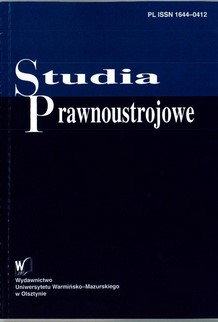
Keywords: WannaCry virus; blackmail software; Lazarus group; concept and scope of state sovereignty in cyberspace; prohibition of intervention in internal affairs of states;
On 12 May 2017, a ransomware1 attack called “WannaCry” began affecting computers around the globe. It affected between 230,000 and 300,000 machines in over 150 countries by encrypting computer files and demanding $300 in crypto currency from users in order to restore access. The operation exploited a software vulnerability in systems running older versions of Microsoft Windows that had not installed up-to-date security patches.
More...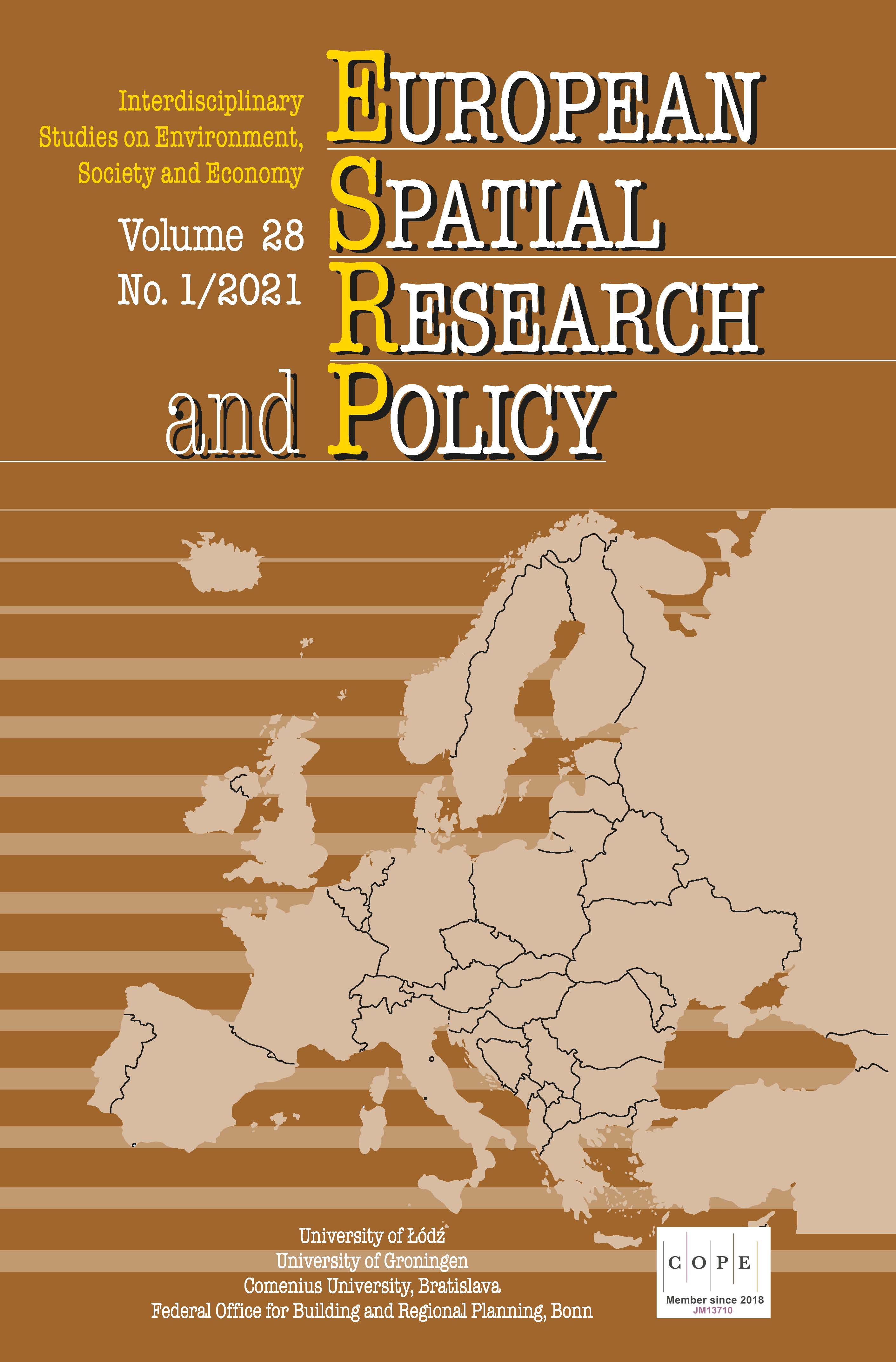
Keywords: non-material factors; uniqueness of urban space; expert methods; spatial planning
The paper is an attempt to respond to selected problems of the spatial planning system in Lviv, as defined by analyses of strategic documents. Based on the analysis, the authors proposed a spatial planning model considering non-material and hard-to-measure factors which have shaped the city. Lviv was selected for analysis because of its size, its long and multicultural history, and its considerable accumulation of tangible and intangible cultural heritage elements from various eras. Today, the city faces numerous challenges in terms of heritage protection, its functional and spatial development, and the choice of an effective form of planning and management. Hence the need to offer an in-depth reflection on the importance and to consider the rich cultural heritage and non-material factors shaping urban space, in the spatial planning process.
More...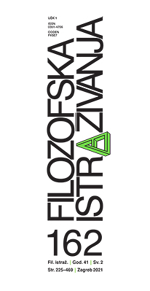
Keywords: Roger Joseph Boscovich; gravitation; matter; space; time; dot; continuum; relativity; universe;
In Roger Boscovich’s Theory of Natural Philosophy, the dynamics of matter is described by the curve of forces, either attractive or repulsive – depending on the distances of the centres of forces. At great distances, the curve of forces is manifested similar to Newton’s gravitation. The gravitation is integrative for the visible universe, but not for the hypothetical multitude of universes that possibly parallelly exist separated by a repulsive force, comparable to the contemporary concept of the dark energy. In the concept of continuous forces in a discontinuous matter, Faraday recognises the idea of a dynamic electromagnetic field, completed by Maxwell, while Einstein later predicted the existence of gravitational waves recently detected (2015 – 2017, LIGO project). The wave-nature of real space-time matter is found in Boscovich’s model at the small scale of the curve of forces, while the atomic-corpuscular dynamics of classical mechanics is found at the large scale.
More...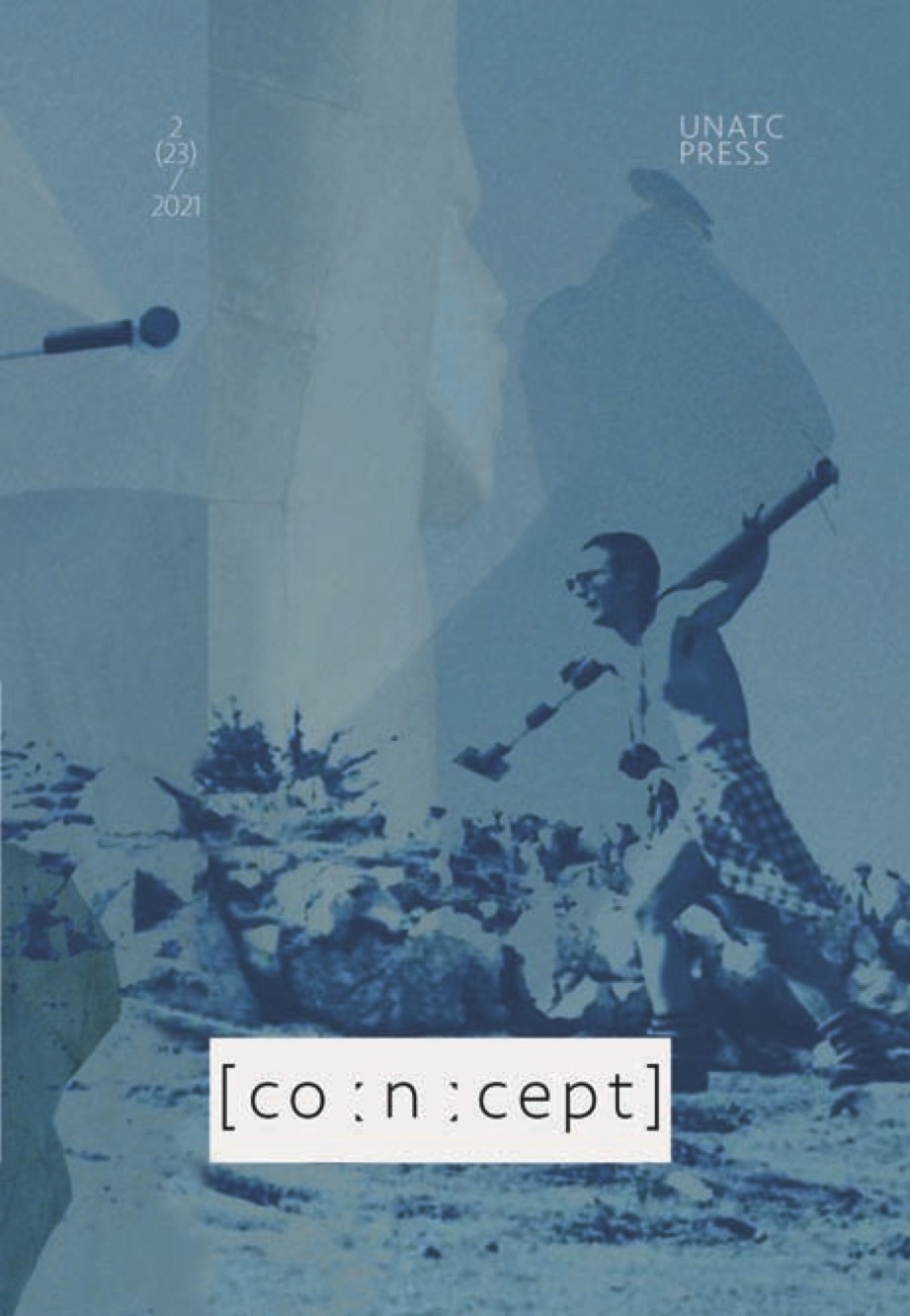
Keywords: avant-garde; cabaret; collage; dada; hybrid; grotesque; montage;
The main focus of this article is the hybrid form of performance represented by the Dada Cabaret and its influence on the experimental theatre and the emergence of early avant-garde soviet cinema, coined by Soviet theatre and film director Sergey Eisenstein as theatre by other means. What I argue is that not only the fragmented and hybrid form of cabaret shows influenced Eisenstein’s theory of montage and film poetics, but that also the fragmented and hybrid style of the cabaret performance, including recitations, dance, film excerpts, singing and one act plays was providing a mirror image, even though a distorted one, of the age coined by Benjamin as `the age of technical reproductibility. More so, this study aims to raise a philosophic question as to whether or not, given the transformed consciousness and perception occuring at the height of the modernist crysis as a paradigm shift, researchers should reconsider the birth certificate of postmodernism not in the first decade after the end of the Second World War but rather in the teens and twenties of the XXth Century’s avant-garde artistic experiments.
More...